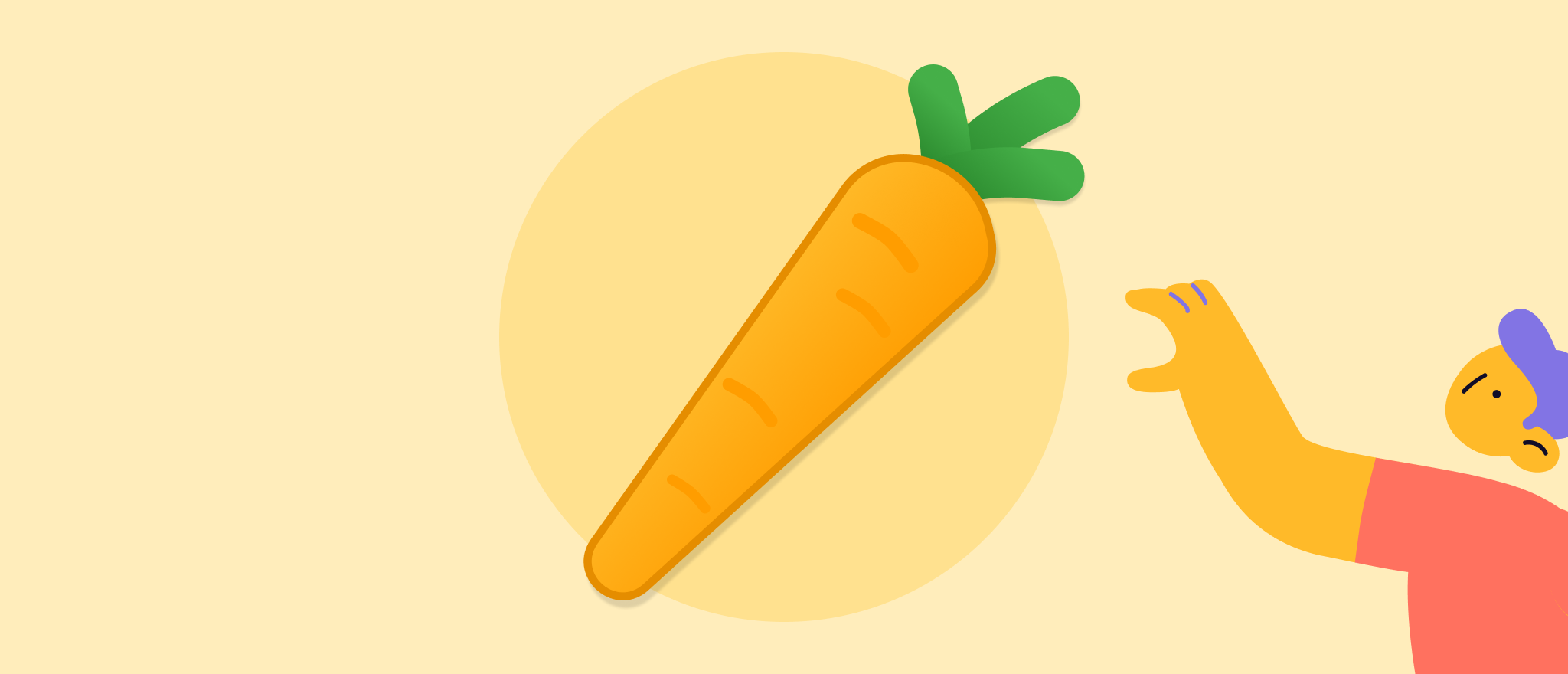"The important thing is to create positive emotions"
How does motivation work? Motivation and emotions are for example strongly interconnected. When we do an activity and it feels good, our brain's reward center is activated.
Inner and outer motivation
Emelie Espegren is a psychological coach with a degree in positive psychology and neuroscience. She meets many people who want to change their motivation.
- There are many different ways to define the concept of motivation, says Emelie Espegren. Motivation is what drives us. It controls the direction and intensity of our behaviors. Without motivation, we probably wouldn't do anything at all. You can say that as soon as we do anything, we are motivated in some form.
We often talk about two types of motivation, the inner and the outer. Inner motivation means that we do something for our own sake; maybe because it feels nice or you the experience makes you happy. External motivation means, as its name implies, that you are driven by something outside yourself. It could be studying hard before an exam, not primarily in order to learn about a subject, but rather to get a high score in the test. (1)
- The basis for the inner motivation consists of three psychological needs, says Karin Weman Josefsson, associate professor of psychology at Halmstad University. These are autonomy, belonging and competence. These are like “compulsory nutrients” which have a great impact on how we feel and how motivated we become in different contexts.
We need to feel we are making reasonably independent choices
We want to feel part of a community
We need to feel good
- If we do not feel that we are doing things voluntarily, that we cannot choose what to do and when, and if we feel a little stupid and incompetent - then the motivation is more controlling and of an external nature, says Karin Weman Josefsson. And this is a form of motivation that in research has been shown to be linked to various negative effects, such as the tendency to cheat, show low commitment, and employ diminished effort and creativity. You stay under the radar and do nothing more than is necessary. (2)
- Self-determining motivation, on the other hand, has been shown in studies to mean that we make more effort, says Karin Weman Josefsson. We become more determined, continuing with various activities longer because our interest is genuine, and performing better in the long run. But above all, we have more fun - we enjoy ourselves more. Therefore, the researchers believe, self-determination motivation has a higher quality than motivation in which we are controlled in some way. (2)
Strong connection between motivation and emotions
Motivation and emotions are strongly interconnected. When we do an activity and it feels good, our brain's reward center is activated. That is why we want to carry on. The same thing happens when we do an activity that feels bad and it leads to a negative feeling. In all likelihood, the brain perceives it as a punishment, which means that we want to avoid that situation again.
- My standard advice is to always try to find something that feels fun, says Emelie Espegren. The important thing is not how well you are in general, but that you do something that gives you a positive feeling.
You may not think you can dance, but we all love to move to music! It makes you feel happy, uplifting and exuberant. You don’t need to start entering any competitions, but going to a dance session once a week will change your life. It’s an activity that just makes you feel good!
Referenser
Lindwall, M., Stenling, A & Josefsson Weman, K. Motivation inom träning, hälsa och idrott - Ett självbestämmande perspektiv, 2019. Studentlitteratur.
Artikel från Idrottsforskning.se. Artikeln är en omarbetad version av en text från tidskriften Idrott & Kunskap, nummer 2, 2019. https://www.idrottsforskning.se/den-viktiga-inre-motivationen-sa-stodjer-du-den-som-idrottsledare/
